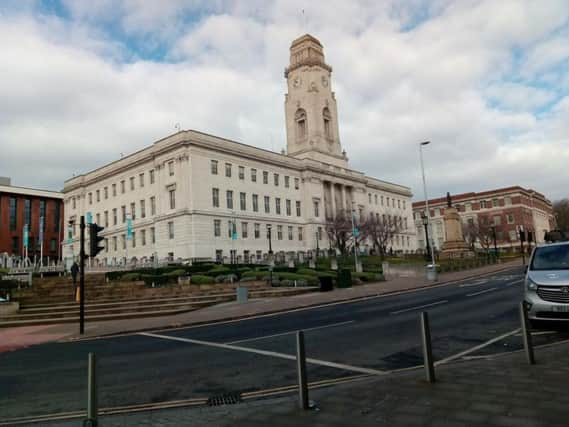Home ownership levels healthy in Barnsley despite town's economic problems


As the prime minister who went head to head with the National Union of Mineworkers over pit closures in the year long strike of the 1980s and then oversaw the widespread dismantling of the coal industry she remains a deeply divisive figure.
So it is ironic that Barnsley has emerged as a bastion of one of her most dearly held policies – that of individual home ownership.
Advertisement
Hide AdAdvertisement
Hide AdMrs Thatcher was a keen advocate of residents owning their own bricks and mortar and introduced the ‘right to buy’ policy which allowed council house tenants to purchase their homes from the local authority, at a discount.
That policy remains in place today and has contributed towards a position which has left Barnsley with a higher percentage of home owners than the national, or regional, average.
Statistics on housing are contained in a new Our Borough Profile document which has been drawn up by Barnsley Council staff and is expected to be adopted by the authority to provide a ‘snapshot’ of the state of the town and its residents, to help with drawing up future policies and to help outside agencies plan their work.
The figures show there are more than 68,000 homes owned out right or on a mortgage in the borough, making up 64.3 per cent of all housing, which puts the town slightly ahead of the regional average and further ahead of the national average.
Advertisement
Hide AdAdvertisement
Hide AdPart of the explanation may be lower house prices, which put home ownership within easier reach of first time buyers than in many parts of the country, where property prices are substantially higher.
Average wages in Barnsley are substantially lower than the England average, at £495 per week compared to £555 across the country, and the gap is widening, but at present even when that is factored in, property remains relatively affordable.
The figures compiled in the Our Borough Profile, which will be considered by the council’s ruling Cabinet next week, reveal weaknesses in the town’s prosperity, with larger number of homes in the lower Council Tax bands than expected nationally.
Business properties generate an average of £20,000 a year through business rates, compared an average of more than £33,000 for England as a whole, which could add to future financial problems in the town as the Goverment is switching to a system where councils will be expected to keep and use cash from business rates rather than relying so heavily on money from central Government in future. The old system allowed for Government departments to even out the differences between the more prosperous areas, where rateable values are higher, and the more disadvantaged regions.
Advertisement
Hide AdAdvertisement
Hide AdBarnsley currently has more than double the number of people claiming the new Universal Credit for the size of its population than the England average, at 5.5 per cent of the population compared to 2.2 per cent.
That helps to account for the number of ‘workless households’, homes where no-one has paid employment, which currently stand at 18.9 per cent – or almost one in five – homes. That contrasts with 16.8 per cent for the Yorkshire and Humberside region and 14.6 per cent nationally, with statistics suggesting the gap is closing.
Numbers of one person households in Barnsley are also expected to increasein the next two decades, with the latest figures from 2014 showing Barnsley with just under 30 per cent of homes occupied by one person, marginally lower than the national average.
By 2039 the figure is calculated to be more than 32 per cent, which would be a higher ratio than that expected nationally, though no explanation is give to account for that change.